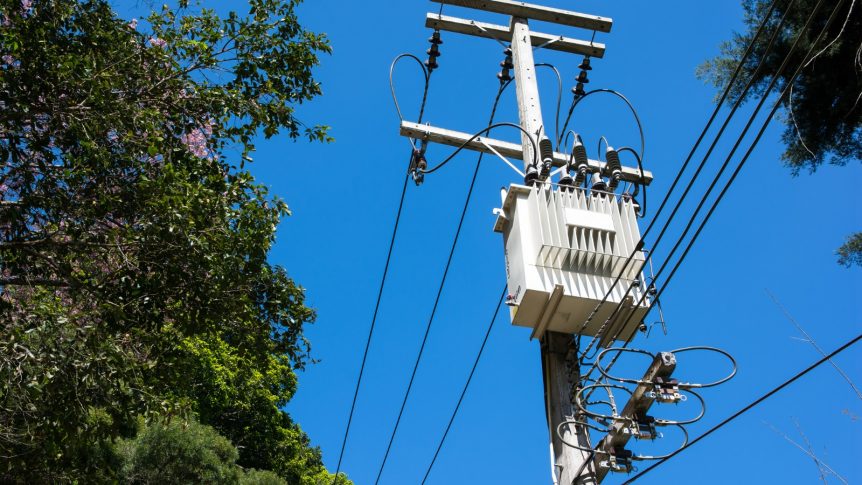Reposted from National Association of Home Builders (NAHB)
The Department of Energy (DOE) today issued a final energy efficiency rule for distribution transformers that explicitly heeded NAHB’s call to ensure that it would not impede the production of badly needed transformers.
“NAHB commends the Department of Energy for listening to the concerns of home builders who cited soaring costs and shortages of distribution transformers that are delaying housing projects across the nation and increasing construction costs,” said NAHB Chairman Carl Harris. “The final rule issued today represents an improvement over what was initially proposed and should deliver practical efficiency gains without further exacerbating ongoing supply challenges in the distribution transformer marketplace. We urge the administration and Congress to now shift its focus toward addressing ongoing distribution transformer supply shortages that are hampering the ability of builders to bring much needed housing to the market.”
Advertisement
NAHB was sharply critical of DOE’s original rule proposal because it effectively required all distribution transformers to shift from the industry standard grain-oriented electrical steel (GOES) cores to amorphous steel cores and marginally increased energy efficiency standards for transformers. GOES currently accounts for more than 95% of the domestic distribution transformer market, and manufacturers’ production lines are tooled for designs that use GOES. If this plan had been enacted, it would have further curtailed the production of transformers at a time when they are needed now, more than ever.
DOE significantly amended the final rule to ensure that 75% of transformers, including those used for housing developments, can continue to use the industry’s standard GOES cores.
When DOE announced its original proposal, NAHB launched a full-court press to seek revisions to the rule. Several builders participated in an energy roundtable teleconference hosted by the U.S. Small Business Administration (SBA) Office of Advocacy last year to air their strong concerns about the agency’s proposed rule to regulate energy conservation standards for distribution transformers. Thanks in large part to NAHB’s input, SBA subsequently issued a strong rebuke to DOE over the proposed transformer rule.
NAHB also worked with lawmakers on Capitol Hill to oppose the original rule, with transformers a key focus at the 2023 Legislative Conference, and lawmakers from the Senate and House sent letters to Energy Sec. Jennifer Granholm to urge DOE not to move forward on its proposed rule to regulate energy conservation standards for distribution transformers because it would exacerbate an already acute supply-chain shortage.
The House advanced legislation that would repeal DOE’s authority to propose, finalize, implement, administer or enforce any energy efficiency standard for distribution transformers for the next five years.
And the House and Senate introduced identical bills with bipartisan support called the Distribution Transformer Efficiency & Supply Chain Reliability Act of 2024. The legislation would establish a new standard that allows manufacturers to increase energy efficiency standards for transformers in a manner that will not delay production at a time when chronic shortages are harming the housing sector.
This strong grassroots effort from NAHB in large part led to DOE making significant changes to its final rule. In fact, when it issued its final rulemaking, DOE said:
“NAHB commented that most home builders are considered a small business based on SBA’s small business definition and expressed concern that DOE has not considered these home builders and other small businesses that rely on a consistent supply of distribution transformers that might be impacted by this rulemaking. (NAHB, No. 106 at p. 5) As stated in section IV.A.5 of this document, DOE notes that the standards amended in this rule will allow distribution transformers to cost-competitively utilize existing GOES capacity across many kVA ratings. Additionally, DOE notes that the compliance period for amended standards has been extended, from the 3-year compliance period proposed in the January 2023 NOPR to a 5-year compliance period adopted in this final rule. The additional time provided to redesign distribution transformers and build capacity will further mitigate any risk of disrupting production to meet current demand.”

